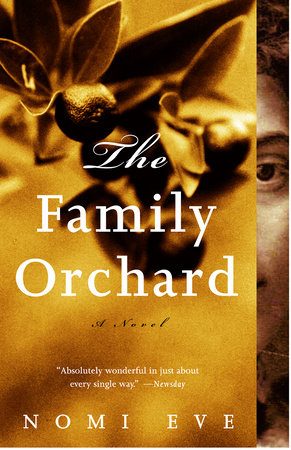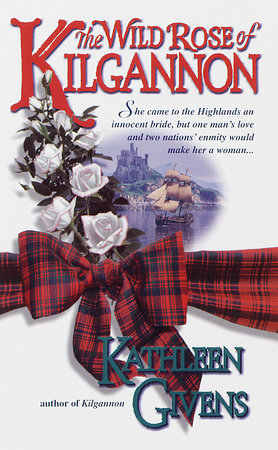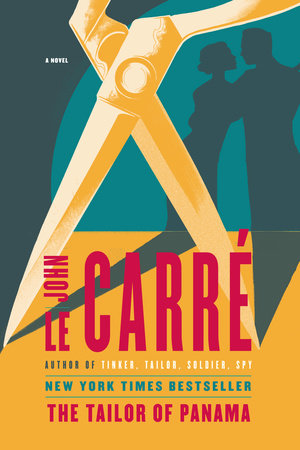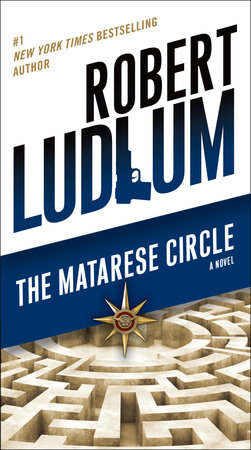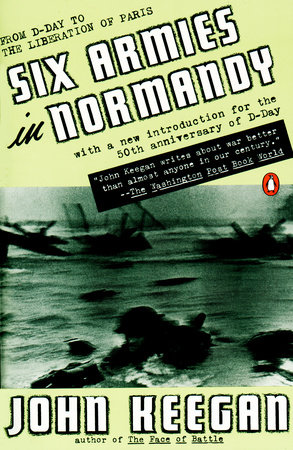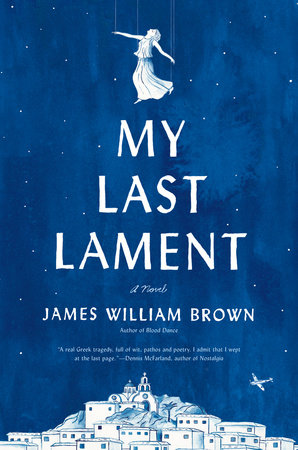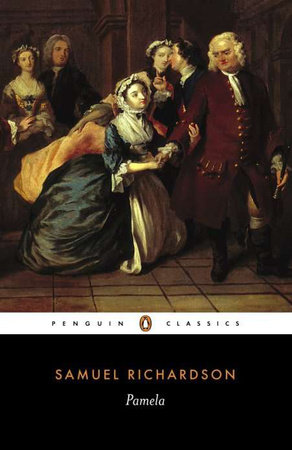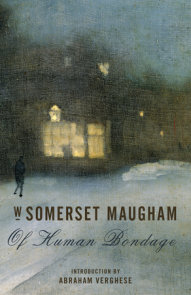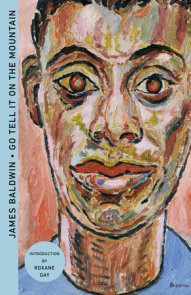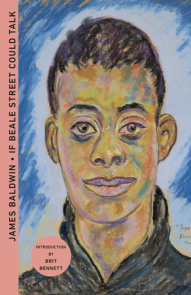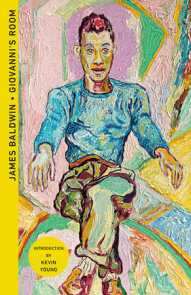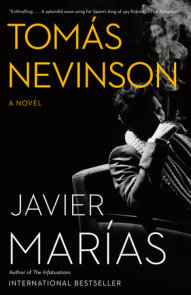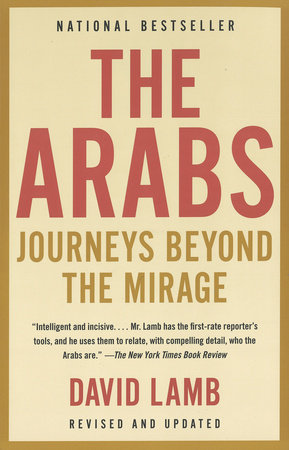Author Q&A
A Conversation with Nomi Eve, author of THE FAMILY ORCHARD
Q: Where did the idea come from to write The Family Orchard?
A: I can honestly say that I never actually "planned" to write this particular book. I simply needed to write certain family stories, and I didn’t know how to write them. The way this book presented itself to me was as an answer to the questions in my heart and hands.
When I was fourteen, my father, Dr. Yehoshua Buch, began to lay out his family tree on the dining room table. The first family tree was written on big sheets of thin grey paper, but the paper wasn’t big enough, so the edges were taped to other pieces. The trees were huge. I remember first looking at them and thinking that my father was crazy. After all, what fourteen-year-old cares about nine-hundred years and forty generations? There were many many rabbis in the trees. Sometimes my father would come home with pictures of the grandfather rabbis that he had found in the pages of the Encyclopedia Judaica. Invariably they had long white beards and pinched-in-faces. I had a hard time mustering much interest.
But then things changed. When I was twenty-four, I was trying to write a story about my family. By this time, my father’s family tree had grown into a collection of detailed journals that he had written about each branch. He had meticulously connected our family to the eleventh century Torah commentator, Rashi, who in turn was a descendant of Rabbi Hillel (100 B.C.E) who was a descendant of the House of David. One day, when I was struggling to write my story, I opened up one of my father’s journals and started to copy out of it. My father writes… I write….
The words began to flow.
My book, which chronicles only six generations, is the tip of this family iceberg. I thank my father for giving me the priceless gift of his passionate research. This novel is a duet which I would never have been able to accomplish without him. And when anyone asks, I always say, "the truth lies somewhere in between our voices."
Q: From your father’s writing, what was the most remarkable thing that you discovered about your own family’s history?
A: Simply the fact that the history exists at all. We can trace my mothers’ family back only one or two generations. But my father can tell you what our relatives were up to in the fifteenth century. This astonishes me. There is no one fact or story that sticks out from the rest. Most of the people my father writes about are fascinating. My problem has never been a lack of what to write–rather, the hard work for me is in deciding what to leave out. There are just so many stories to tell.
Q: Have you any desire to write about your real family tree, in a true, non-fiction sense?
A: No, I really don’t. The universe of fiction, rich with metaphor and moldable in my own hands, is the world which my imagination naturally inhabits. I am not at all a non-fiction writer. The few time I have tried my hand at journalism, and other non-fiction writing, I haven’t enjoyed myself at all. And on a more philosophical note, I think that there are special receptors in our souls that allow "fictional" stories to penetrate where "factual" ones won’t. The symbolic and poetic earths and skies of fiction match up with the symbolic and poetic earths and skies of our selves. I write from and towards these destinations. My words only really work if I do so.
Q: There is great historical reference in this book. What kind of research did you do to write this novel?
A: Once again, I must thank my father. Ninety percent of the historical information in this novel comes directly from him. Although my father is a professor of finance, he is also an incredible historian. He knows more about things that happened one thousand years ago in Europe than I do about what happened yesterday in Cambridge, where I live. But it isn’t just that he knows so much, he is also incredibly enthusiastic and excited about history, and is able to always communicate that enthusiasm, so that when you are listening to him you also get excited about rabbinic intrigues in sixteenth century France. For the past seven years, not only have I relied upon my father’s notebooks for historical reference, but I have constantly called him with detailed historical questions. If he didn’t know the answer off the top of his head (which he usually did), he always found the information and got right back to me with it.
As for the other ten percent of my information, I simply consulted a good number of history books. My favorite two were The NILI Spies by Anita Engle, and A View from Jerusalem, 1849-1858, edited by Arnold Blumberg. The former tells the life story of Sarah Aaronson, who was one of the leaders of a spy ring that operated in Palestine in the early part of the twentieth century, and the later is the consular diary of James and Elizabeth Finn. Both books tell great stories, and provided me with a real feel for the periods in which the characters in my own book lived.
In addition to actual book research, a lot of the work I needed to do was experiential. I needed to spend a lot of time just walking around my grandfather’s orchard. I needed to go to the ruins of the crusader castle outside of Petach Tikvah where my great uncle was killed in 1948. I needed to find the site in the Jewish Quarter of the Old City of Jerusalem where Esther and Yochanan’s house once stood. I needed to go with my father to the "new house" in the New City, and stand inside of it with him. I needed to sit in my grandmother’s kitchen and listen to her tell her stories about practicing throwing grenades when she was a young mother, and her babies were her camouflage. I needed to do these things; often it felt as if I were writing this book with my own body; the words sunk deep into my skin.
Q: Who are some of your favorite characters in your novel?
A: Now that’s a hard question. I think that I will always have a special place in my heart for Esther, because she came to me first. But I really love all of them. I can’t write a character unless I love that character deeply. I love old Eliezer Shine running with his floppy-pocketed pants on the walls of the Old City; I love Avra the thief, especially at the moment when she puts the bullets into her own body and wonders about the fate of her twins, "shading the bullets with their yet-unlived lives"; I love Miriam and her sister Noona as they walk through the streets of Kovna, "two girls controlling the gusts of local weather." I love the Chacham Tzvi, as he ruminates about life, death, metaphors, and mourning. I love Esther’s baker; I love David and Leah Lily. Really, I love them all. When I think of my characters, I feel them actually doing all the things that they do. I picture Esther mischievously wandering through Jerusalem, I picture the Chacham Tzvi writing, Miriam throwing mock grenades, Moshe grafting, young Eliezer drawing the shape of the golem on the ground. Really, I love them all.
Q: There are beautiful sketches and photos throughout the book. Where did they come from and how did you discover them?
A: Most of the artwork in the book comes from nineteenth century travelogues written by Christian missionaries to the Holy Land. I have long been enamored by the images in these old books, and by the books themselves. Many antiquarian books stores in Israel and in the States have them, and I have been a rather voracious collector over the years. The artwork is exquisite, and when I see an image of Jerusalem, or of Jaffa, or of the Dead Sea, I am instantly transported. The Israel of today is certainly very different from the Israel depicted in these prints, but every now and then, if you turn your head just so, you can still catch a glimpse of the landscape that those artists so lovingly captured.
From the time I started to write this book, I knew that images had to be a part of it. This is for two reasons. First, my experience of Israel is so intensely visual–and I wanted to share this with my readers. Second, I feel as if my own work is in some way in dialogue with the work of those early travelers. I have never lived in Israel, but I have traveled there consistently, my whole life. The ministers who wrote the travelogues and had them so beautifully illustrated were on pilgrimages. And when they returned to England or to the United States they came with their hands full, saying to all who would turn their pages, "look what I found over there." I feel as if my own extended visits to Israel are kinds of pilgrimages too. I travel towards my family’s sacred center, as well as towards and through a landscape that nourishes my spirit. And when I return, my hands are also full, and I spend my days trying my best to describe what I found there.
Q: You spent your childhood summers in Israel. What was that experience like?
A: Those summers were, and still continue to be a tremendous gift in my life. I am who I am because of those trips. Those summers gave me the gift of Hebrew, a language I love to speak more than English, even though my Hebrew is broken. Those summers gave me the gift of my Israeli family, which is so wide and warm. Those summers gave me the gift of the orchard, the gift of Jerusalem, the gift of my grandmother, the gift of her stories. It’s endless, really. As a writer, I am grateful that I was given the gift of knowing and being a part of a many-storied place. I read voraciously during those growing-up summers, but most of all I think that I was preparing to read my life. Everywhere you looked in my grandparents’ village there was another story, another metaphor lurking in our midst.
Q: What is next on the horizon for you?
A: I will write more books, but not right away. I believe deeply in taking big breaks. When I finished this book, after seven years of work, I thought to myself, "Okay, I actually have nothing else to say right now." I will write again when I have something new to say. I won’t write just to write. When I do start writing again, I will probably write more family stories, more stories about people in love, more stories about people profoundly affected by history, more stories about people who think a lot about God.
